





LET US HELP:
As you are aware, the amount of data that you will receive from our next generation sequencing services is extensive. This data is inherently multivariate, and many observations are made on each sample that you submit. Dealing with this deluge of information can sometimes be overwhelming. Our biostatistics experts will increase your ability to appropriately and efficiently discern meaningful patterns from your data.
CONTEXTUALLY BASED ANALYSES:
The data we provide is used in a wide variety of contexts. At RTLGenomics, we view biostatistics as an open system that starts with data collection (including aspects of study design) and continues through analysis, interpretation, and presentation. The key to successfully applying this system to your biological questions is an open dialogue between you (the research scientist) and our team of bioinformaticians and biostatisticians. Our goal is to help you analyze the data we are providing within the specific biological context in which you collected your samples. That context may be experimental, observational, or clinical. Whatever the case, the specific questions and goals that motivated your sample collection are the basis for our analysis.
DELIVERABLES:
You will be provided with a report that describes the statistical methods used and the results generated from your data. In addition, we can provide separate graphic files of publication ready figures. Examples of sample figures are provided above.
PRICING STRUCTURE:
All pricing is done on a custom quote basis, and pricing quotes are given after an initial consultation in which study design and goals are discussed. Pricing scales with study complexity and number of samples, and is offered on a per hour basis.
Pricing for statistical consulting typically is a fraction of the cost of data collection (e.g., sequencing). As an illustration, consulting fees for past projects have been between $500 and $1500.
EXAMPLE ANALYSES:
Although by no means a comprehensive list, the following is an illustrative subset of typical analysis techniques.
Univariate Methods: Linear, Generalized Linear, and Mixed effects Models (including ANOVA, ANCOVA, ANODEV); Non-parametric and simulation based testing; Diversity analyses (including rarefaction)
Multivariate Methods: Direct and Indirect Gradient Analysis (i.e., Constrained Ordination) – Examples include PCA, PCoA, MDS, NMDS, RDA, dbRDA; Hypothesis testing (including simulation based hypothesis testing); Community characterization using a variety of distance metrics (Bray Curtis, UniFrac, etc.)
TALK TO US ABOUT YOUR STUDY:
If you would like more information, or have any questions, please contact us and discuss your study and the full range of services that we offer today.

